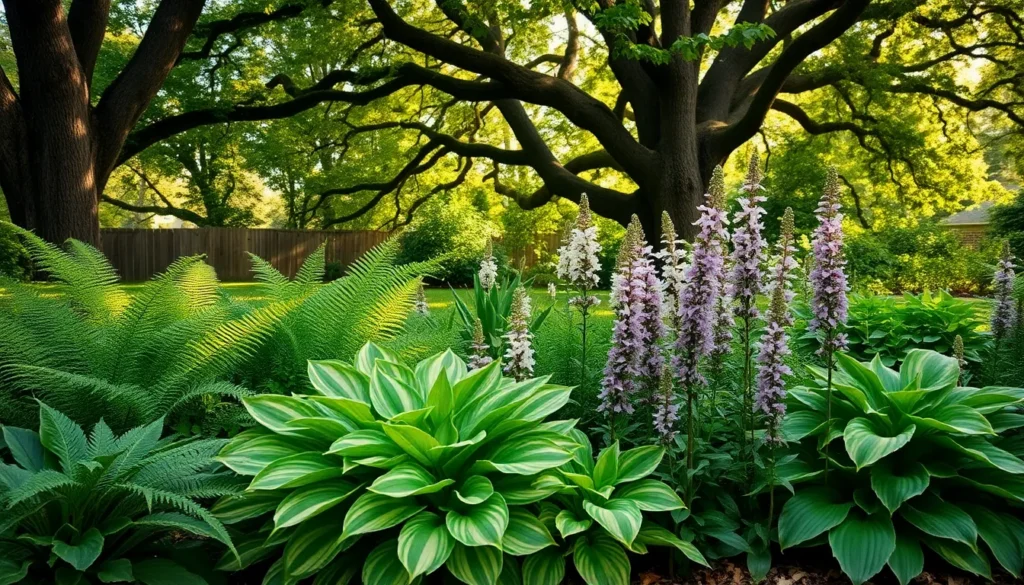Gardening enthusiasts, whether you’re just starting out or have years of experience under your belt, know that cultivating a thriving outdoor space is one of life’s great joys. The dance of dappled sunlight through a canopy of trees creates a unique environment that calls for a special selection of plants, and “Best Outdoor Plants for Shade” is your key to unlocking the lush, verdant sanctuary you’ve always envisioned.
This guide is not just a list; it’s a treasure trove of practical advice and inspiration designed to empower you to transform those shady spots into vibrant, living masterpieces. From discovering the joys of shade-loving blooms to reaping the rewards of a cooler, low-maintenance garden, you’ll gain confidence and skills that will make your gardening journey both successful and deeply satisfying. With these handpicked plants and expert insights, you’re well on your way to creating a captivating oasis that will delight the senses and nurture the soul.
Hostas (Lush Foliage for Low Light Areas)
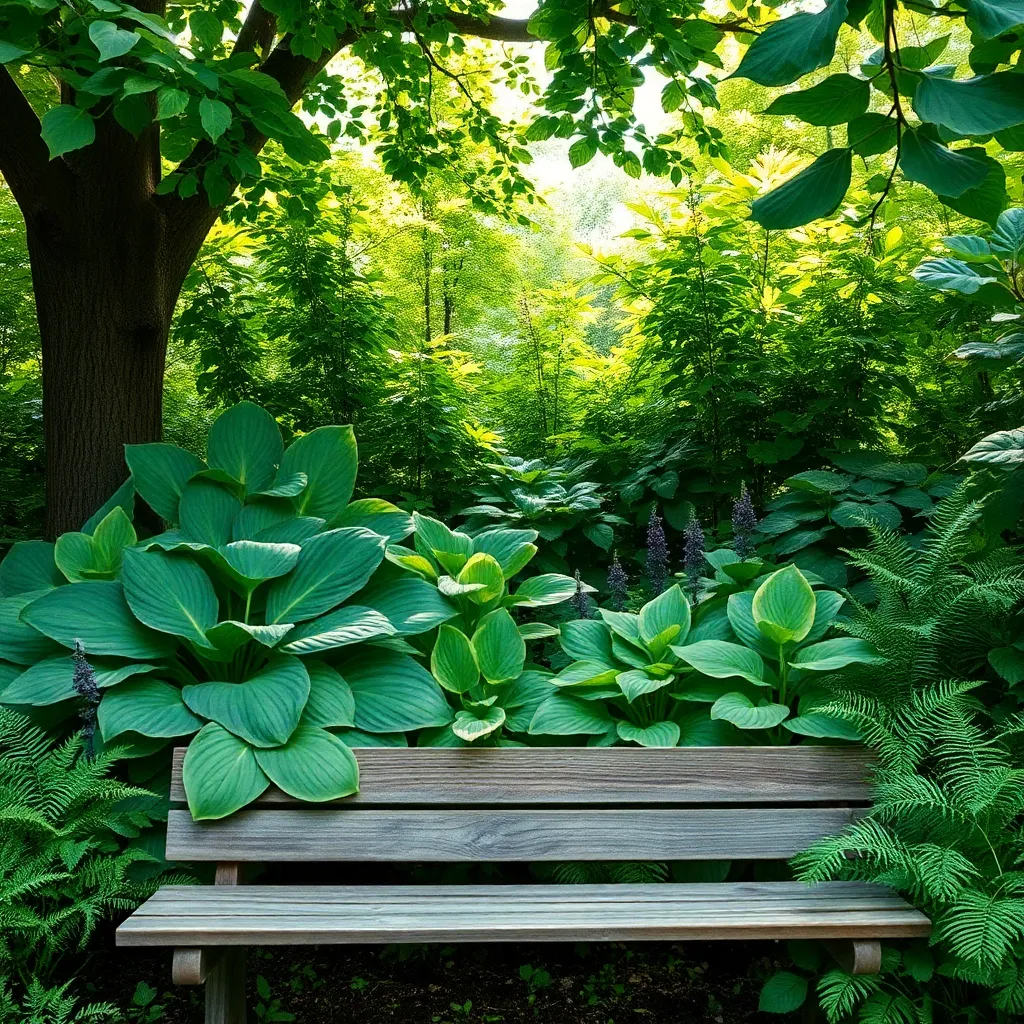
Hostas are a fantastic choice for gardeners looking to add lush foliage to shaded areas of their garden. These resilient plants thrive in low light conditions, making them ideal for spots where sunlight is limited.
Begin by selecting a location with partial to full shade, as hostas prefer cooler environments. When planting, ensure the soil is rich in organic matter and has good drainage to prevent root rot.
Water regularly, especially during dry spells, to maintain consistent soil moisture; however, avoid waterlogging as it can damage the roots. To keep your hostas healthy, apply mulch around the base to retain moisture and suppress weeds.
Experienced gardeners may consider dividing hostas every three to four years to encourage vigorous growth and prevent overcrowding. When doing so, dig up the clump in early spring or late summer and gently separate the roots before replanting.
Ferns (Ideal for Creating a Woodland Feel)
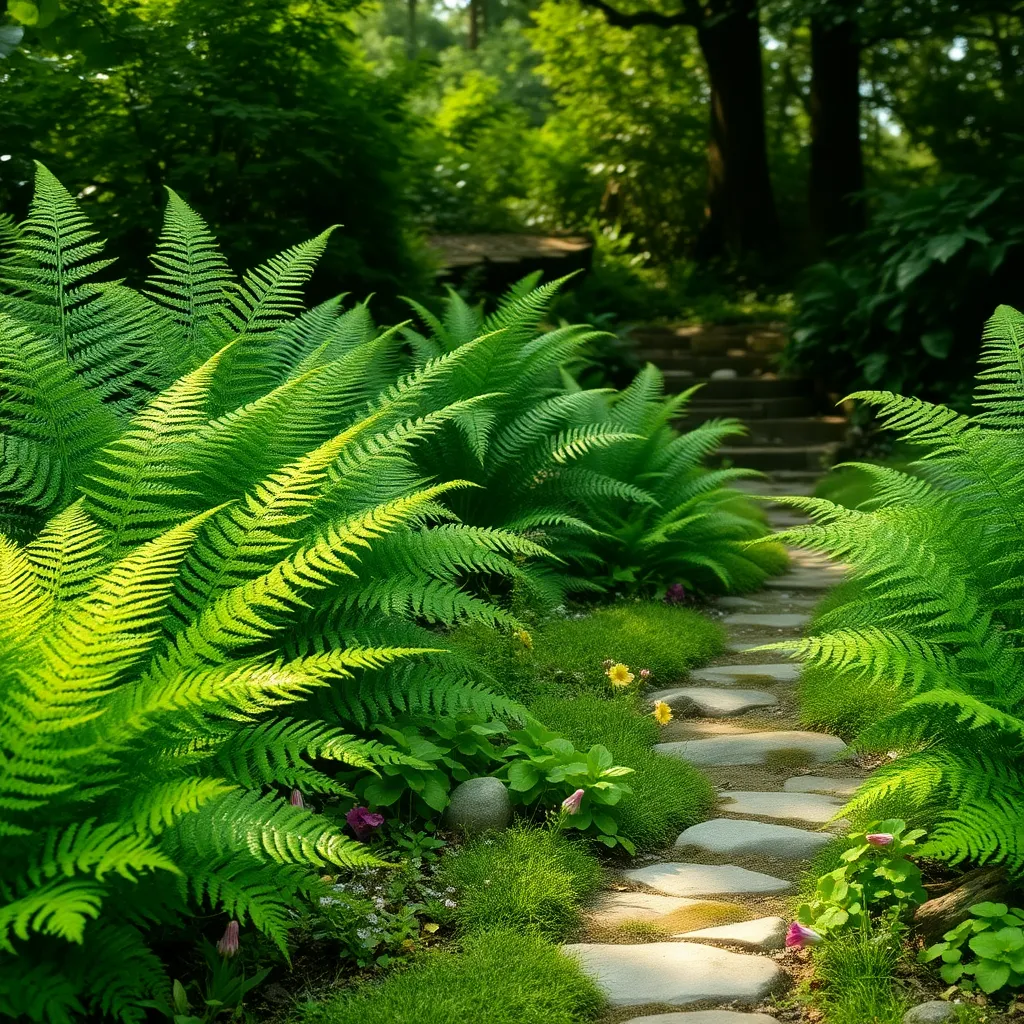
Ferns are an excellent choice for adding a woodland feel to shaded garden areas. Their lush, feathery fronds create a soft texture that contrasts beautifully with other plants.
To successfully grow ferns, begin by selecting the right location. They thrive in dappled shade, which mimics the light conditions of a forest understorey, and prefer well-draining, rich soil.
When planting ferns, ensure the soil is consistently moist but not waterlogged, as they dislike dry conditions. A weekly watering schedule is ideal, adjusting as needed based on rainfall and temperature.
For best results, incorporate organic matter such as compost or leaf mold into the soil to provide nutrients and enhance drainage. Consider mulching around your ferns to retain soil moisture and suppress weeds.
Heucheras (Vibrant Color with Minimal Sunlight)
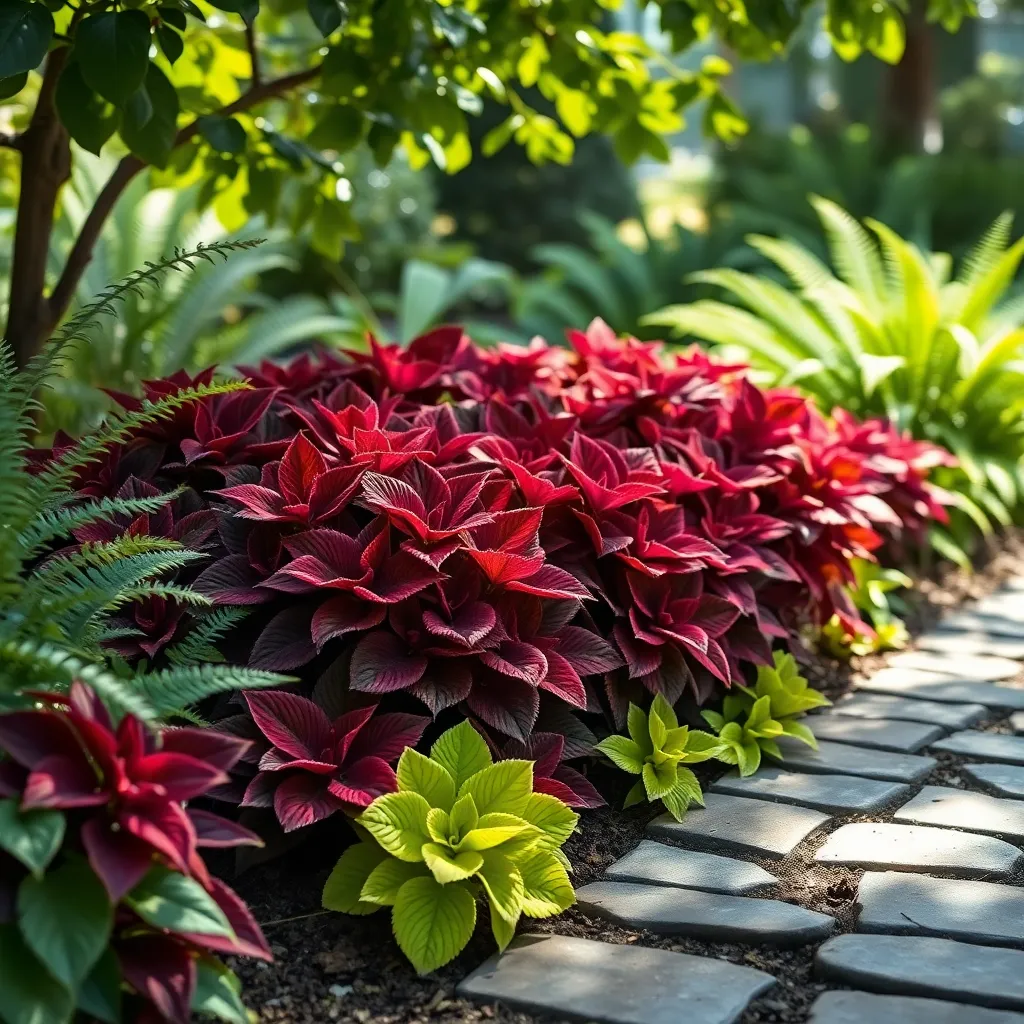
Heucheras, often known as coral bells, are a wonderful choice for gardeners looking to add vibrant color to shaded areas. These perennials thrive in partial to full shade, making them perfect companions to ferns and other shade-loving plants.
To ensure your heucheras flourish, plant them in well-draining soil enriched with organic matter. Water them consistently, but be cautious not to overwater, as they prefer slightly moist conditions.
For those looking to enhance their gardening skills, consider the wide variety of heuchera cultivars available, each offering unique leaf colors from deep purples to lime greens. This diversity allows you to create stunning visual contrasts in your shade garden.
Advanced gardeners might explore dividing heucheras every three to four years to maintain their vigor and encourage new growth. This process not only revitalizes the plant but also provides you with new plants to expand your garden or share with friends.
Astilbes (Feathery Blooms for Shady Corners)

Astilbes are a fantastic choice for adding texture and color to shaded areas of your garden. With their feathery plumes and lush foliage, they bring a sense of elegance to any corner that lacks sunlight.
These perennials thrive in consistently moist, well-drained soil enriched with organic matter. Regular watering is crucial, especially during dry spells, as astilbes are not drought-tolerant and prefer a consistently moist environment.
Plant astilbes in areas where they receive partial to full shade, as too much sun can scorch their delicate leaves. For best results, apply a layer of mulch to help retain soil moisture and keep roots cool, which is especially beneficial during the warmer months.
For gardeners looking to diversify their plantings, consider the different varieties of astilbes available, ranging in color from pale pinks to deep reds and purples. Advanced gardeners can experiment with companion planting, pairing astilbes with hostas and ferns to create a lush, layered look that thrives in shaded conditions.
Japanese Forest Grass (Graceful Texture for Dim Spots)
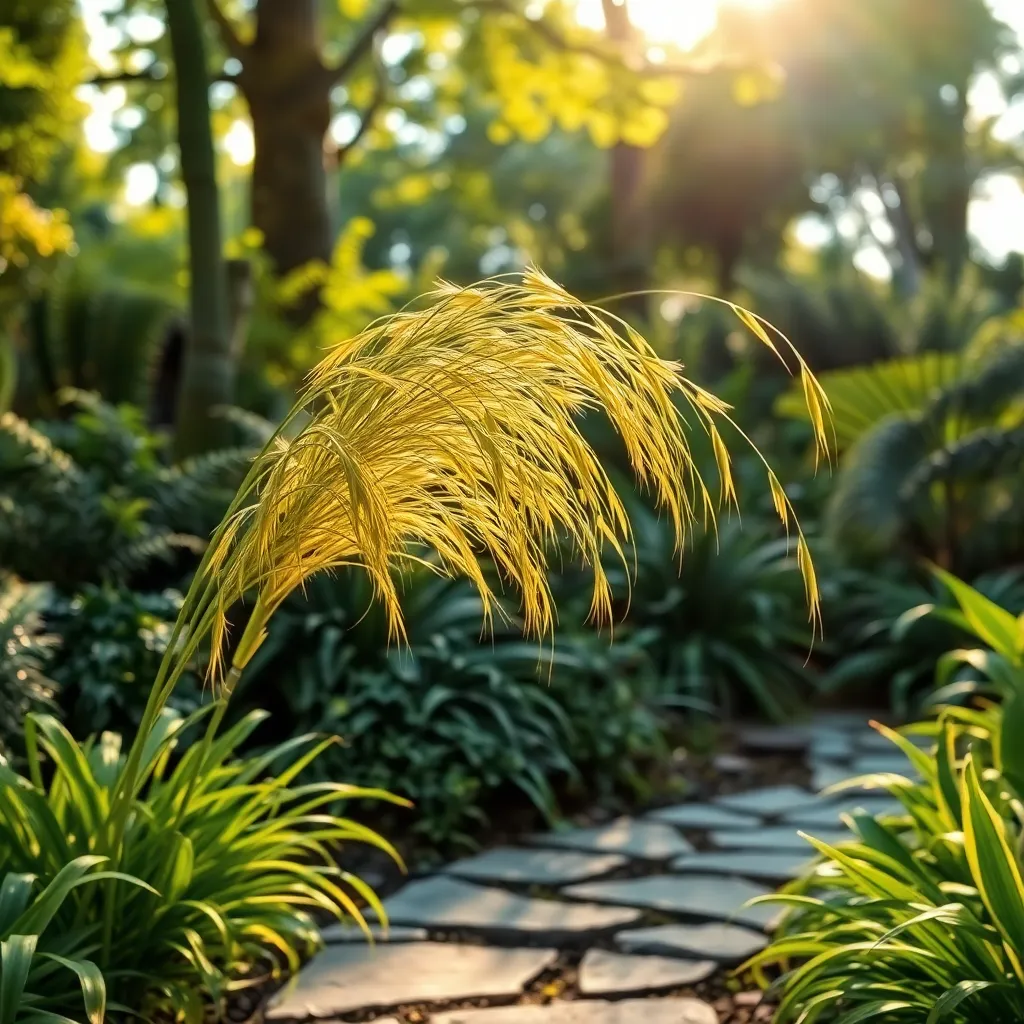
Japanese Forest Grass, or Hakonechloa macra, adds an enchanting touch to shaded garden areas with its flowing, graceful texture. This ornamental grass thrives in dim spots, making it ideal for creating a lush, serene atmosphere under trees or along shaded borders.
For optimal growth, plant Japanese Forest Grass in moist, well-drained soil rich in organic matter. Ensuring that the soil remains consistently moist but not waterlogged is crucial, as this grass does not tolerate drought well.
While it can flourish in full shade, providing some morning sun can enhance its vibrant colors, particularly in varieties with golden or chartreuse hues. During the growing season, a balanced, slow-release fertilizer can be applied in spring to encourage lush foliage.
To maintain its neat appearance, consider trimming back any dead or damaged leaves in early spring before new growth emerges. For advanced gardeners, dividing the clumps every few years in early spring can help rejuvenate the plant and promote vigorous growth.
Conclusion: Growing Success with These Plants
In exploring the best outdoor plants for shade, we’ve delved into five key relationship concepts: understanding the unique needs of each plant, nurturing growth through consistent care, fostering a balanced environment, the importance of patience in seeing results, and the joy of shared experiences in gardening. Each of these concepts mirrors the nurturing required in our personal relationships. As you consider your outdoor space, think about how these principles can enhance your connections with loved ones.
Now, take an immediate step: choose one plant from our list and commit to planting it this weekend. This small action will serve as a tangible reminder of the care and dedication that relationships require. As you embark on this green journey, remember to save this article for future reference. Simply bookmark it now, so you can revisit these insights as your garden and relationships blossom.
Embrace these lessons and watch as your relationships flourish, just like a well-tended garden. With the right care and attention, both plants and relationships can thrive, offering beauty, resilience, and joy for years to come. Here’s to nurturing growth in every aspect of your life!

